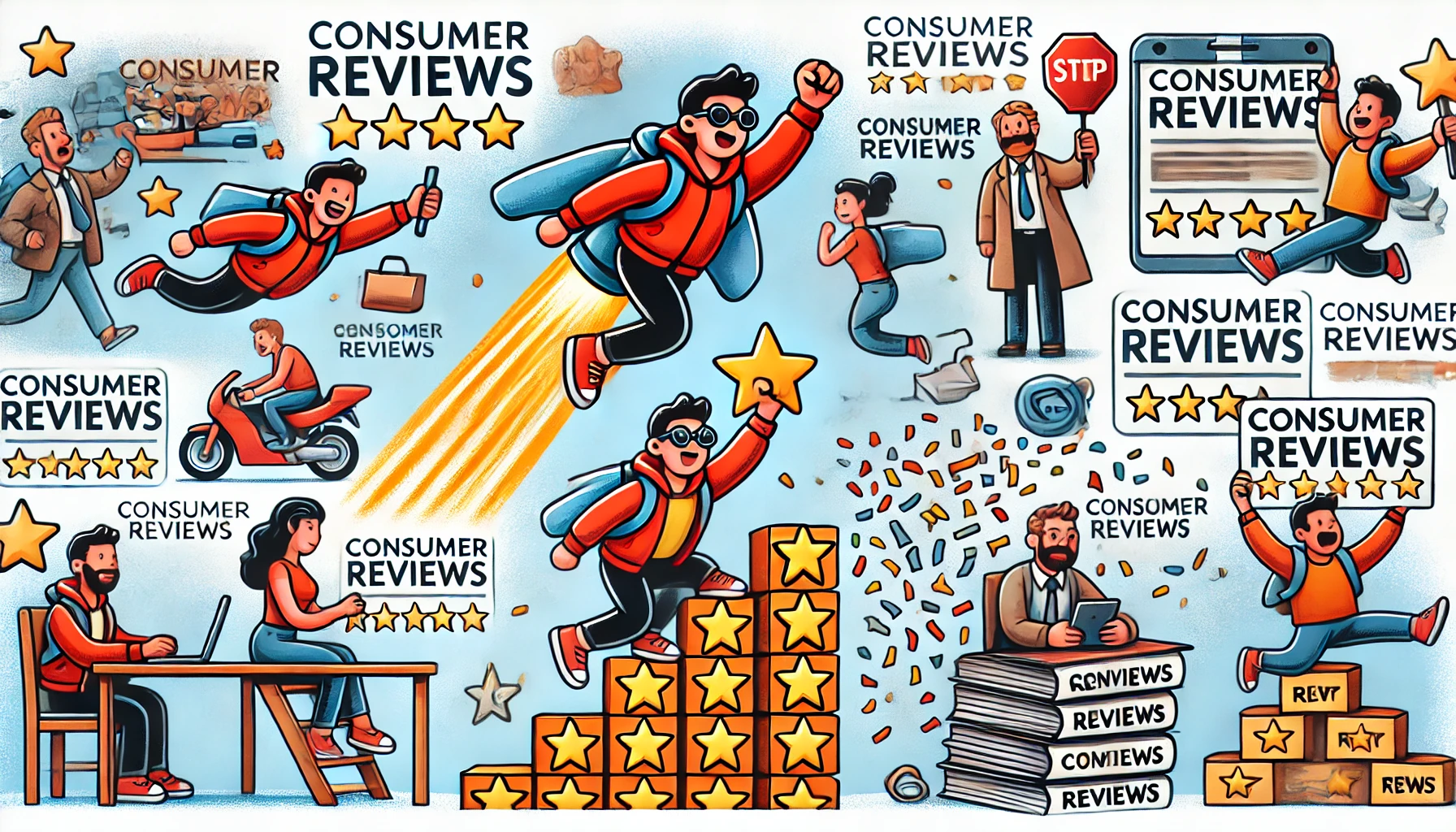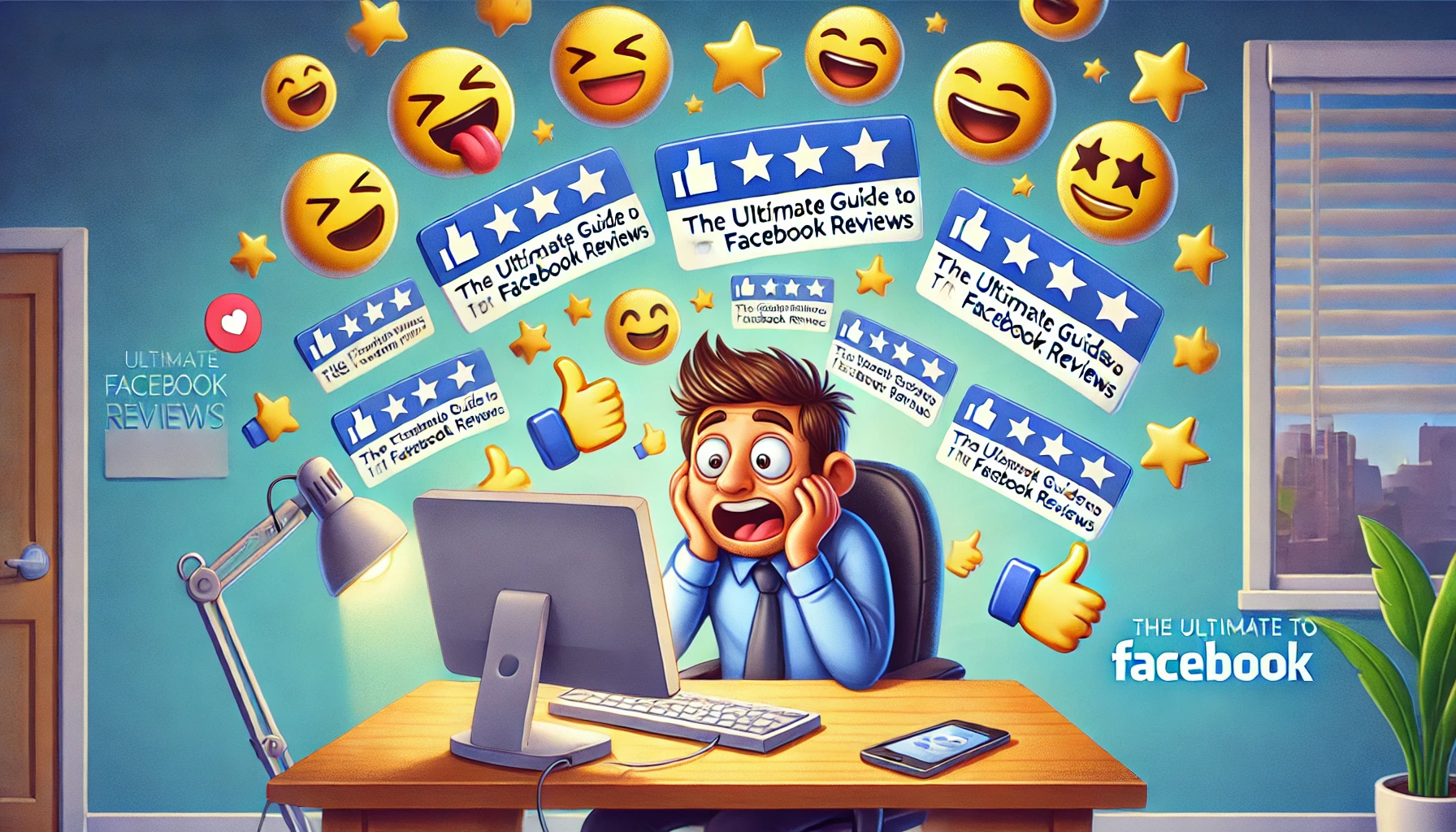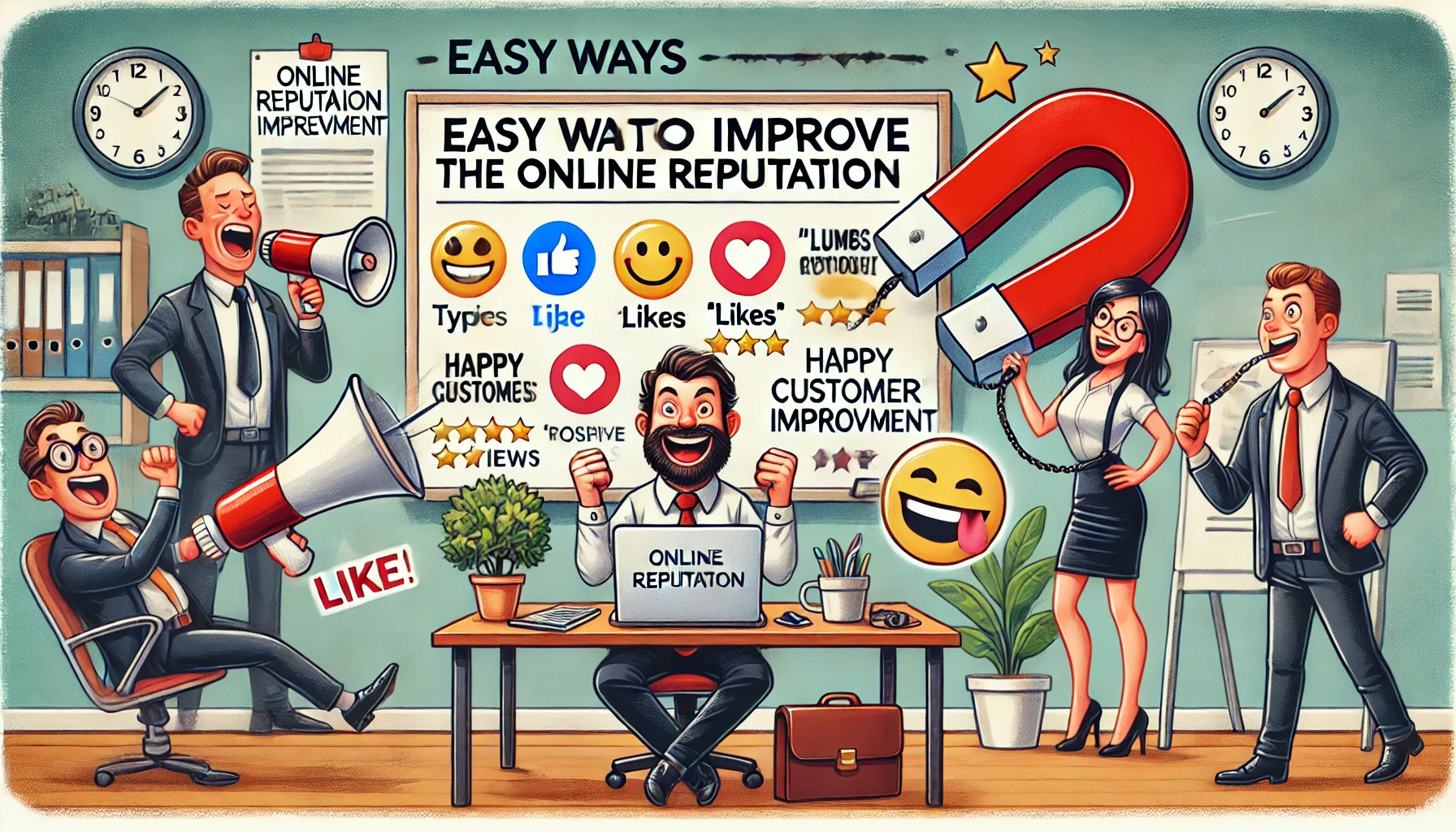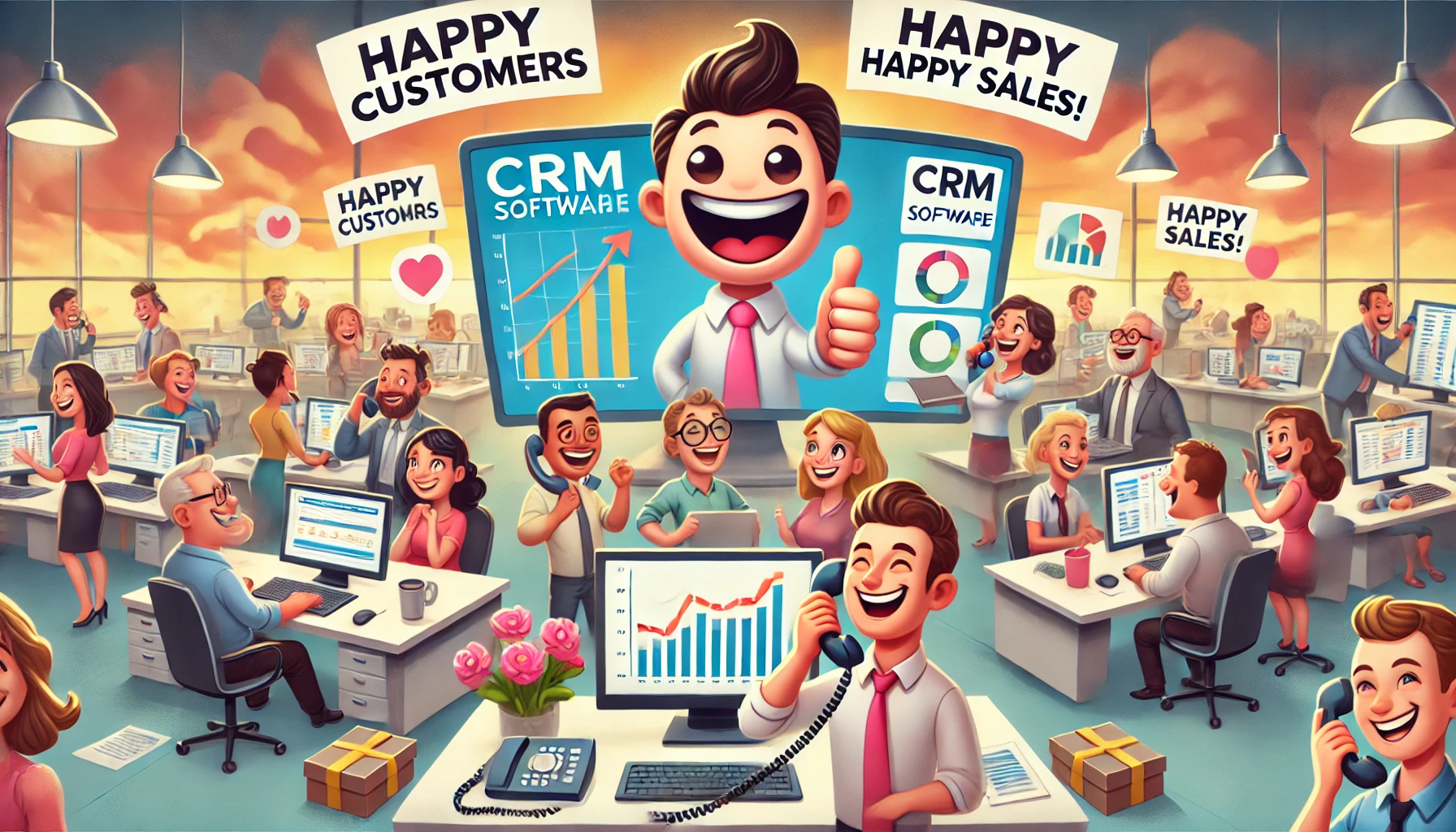How to run a successful plumbing business: Gain a competitive edge
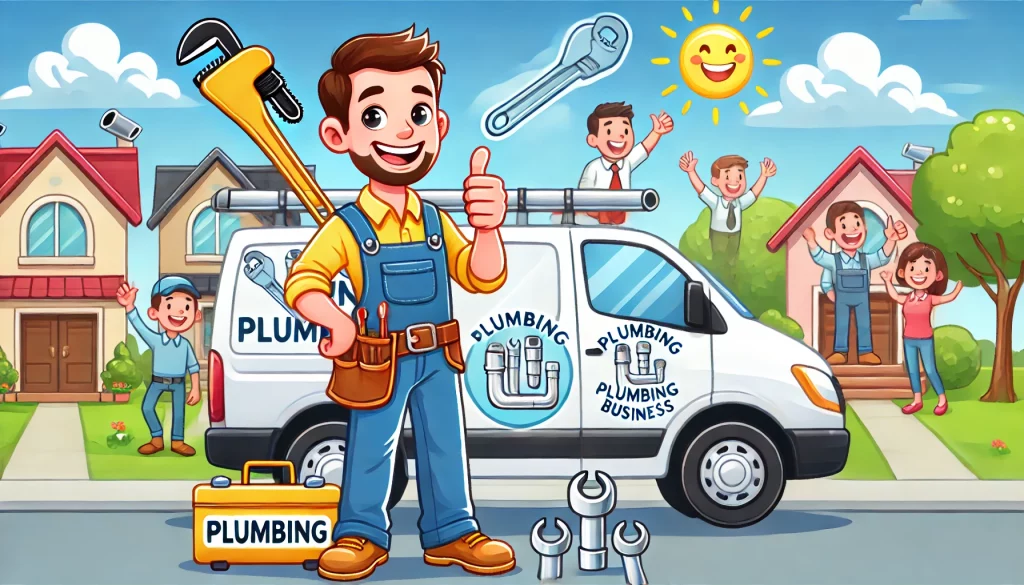
Running and growing your plumbing business doesn’t have to be a super challenging process. With the right knowledge and tools, you can set up the right foundation for your business to thrive this year and well into the future.
Setting up a strong foundation
Business planning and strategy
As a new plumbing business owner, it’s essential to make a lasting impression on potential customers and competitors. Utilize the latest technology and marketing techniques. When planning your business, list the tools and services you want to use and ensure you offer something unique to homeowners.
According to a report by IBISWorld, the plumbing industry is projected to grow at an annual rate of 1.5% over the next five years.
Legal and regulatory considerations
Embrace calculated risks to expand customer service options and broaden your service offerings. Ensure compliance with legal and regulatory requirements by obtaining a business license and necessary permits.
The U.S. Small Business Administration states that failure to comply with licensing requirements can result in fines or the closure of your business.
Location and facilities
Outline your office location and facilities in your business plan. Choose a central location with an existing demand for plumbing services, avoiding oversaturated districts. Ensure your office space accommodates daily operations and potential expansion, with a professional appearance.
Research from JLL indicates that location is a critical factor in attracting customers and skilled employees.
Cost and profit analysis
Initial investment and startup costs
Opening a plumbing business requires an initial investment ranging from $10,000 to $50,000, depending on location, size, and specific requirements. Startup costs can include everything from tools and vehicles to office setup and marketing.
According to the U.S. Chamber of Commerce, 78% of small businesses rely on personal savings for initial funding.
Operational costs breakdown
Additional costs include licensing and certification (up to $500), tools (upwards of $5,000), vehicles ($10,000–$50,000), administrative costs (over $12,000 annually), insurance (up to $2,000 annually), marketing (up to $9,000 annually), and technology investments (up to $15,000). Employee training can cost up to $20,000 annually, with certifications and qualifications costing up to $3,000 a year.
Profit margins and growth potential
The plumbing industry is a billion-dollar sector, offering potential profits of upwards of 30%. Established businesses can see profit margins as high as 40%, equating to $250,000 per year. Specialized plumbing businesses may achieve even greater profits, though factors like startup costs, non-billable hours, additional work, and ongoing expenses will impact margins.
Using a lead management system helps maintain profit growth and control expenses. The Bureau of Labor Statistics reports that employment in the plumbing sector is expected to grow 4% from 2019 to 2029, adding more than 20,000 jobs.
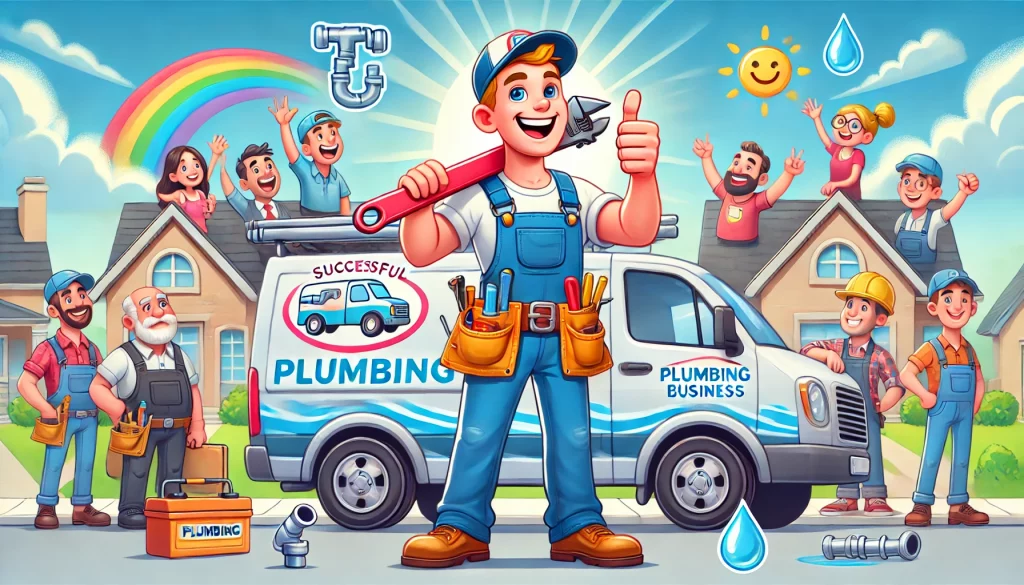
Importance of customer service and satisfaction
Providing excellent customer service
Providing excellent customer service is crucial. Meeting client expectations involves high-quality work, professional ethics, and memorable customer experiences.
Research shows that 73% of consumers say a good experience is key in influencing their brand loyalties.
Creating exceptional customer experiences
Follow industry best practices, offer warranties, arrive on time for appointments, and complete work within the given timeframe to ensure exceptional customer experiences.
According to Zendesk, 42% of customers purchase more after a good customer service experience.
Handling complaints and feedback
Deal with complaints professionally by providing multiple touchpoints for feedback and responding within 24 hours. Listen to understand and rectify the situation promptly.
Studies have shown that 95% of customers will give you a second chance if you handle their complaint successfully and in a timely manner.
Retention strategies and loyalty programs
Deliver a service that encourages repeat business and introduce a loyalty program to show appreciation for customers. Harvard Business Review reports that increasing customer retention rates by 5% increases profits by 25% to 95%.
Expert tips and tricks on how to run a successful plumbing business
Running a successful plumbing business requires hard work but is highly rewarding. Here are expert tips and tricks:
Professionalism and expertise
Upskill yourself, take technical courses, get contractor licenses, and offer professional service and expertise. According to the Plumbing-Heating-Cooling Contractors Association, ongoing education and certification are critical for maintaining high standards.
Excellent customer service
Focus on customer service, invest in a qualified team, complete work on time, and address issues promptly. A report by PwC shows that 73% of consumers say customer experience is an important factor in their purchasing decisions.
Marketing and branding
Hire a professional marketer to create an impressive online presence, identify your target audience, and use SEO for better search engine ranking. Research indicates that businesses with a strong online presence grow 40% faster than those without.
Efficient operations
Establish workflows for creating work orders, assigning jobs, and sending invoices. Regularly evaluate these workflows for efficiency. Studies show that efficient workflows can increase productivity by up to 20%.
Transparent pricing and billing
Inform customers upfront about call-out fees, charge flat rates for simple fixes, and avoid charging for unapproved work. Transparency in pricing builds trust and enhances customer loyalty.
Build relationships
Establish solid relationships with suppliers and distributors for sufficient stock and prompt payments. Strong supplier relationships can lead to better terms and reliability.
Embrace technology
Use CRM and invoicing systems to streamline processes and stay updated on the latest plumbing technology. The use of technology can reduce administrative costs by up to 30%.
Focus on safety and compliance
Ensure safety and compliance for workers and customers, and use industry-standard products. Compliance with safety standards reduces the risk of accidents and legal issues.
Continuous improvement
Implement new, faster methods and breakthrough products to impress and retain customers. Continuous improvement practices lead to higher customer satisfaction and retention rates.
Employee development
Regularly improve the technical and soft skills of employees to enhance customer service and morale. Employee training programs can increase productivity by 10%.
Financial management
Budget, manage cash flow, and cost jobs effectively. Automate financial processes to save time and reduce errors. Effective financial management is crucial for business sustainability and growth.
Handling complaints professionally
Train employees to handle complaints calmly and professionally to build trust and show customer care.

Basic financial management strategies of a plumbing business
Budgeting and financial planning
Establish a budget that accounts for services billed later, record each sale, track services, and follow up with defaulting customers.
Tracking expenses and revenue
Categorize expenses into labor and parts, track parts costs for appropriate pricing, monitor labor productivity, and keep records for tax purposes. Proper expense tracking helps in accurate pricing and profitability analysis.
Profitability analysis and adjustment
Analyze profits, develop competitive pricing strategies, and make necessary adjustments based on cost estimations. Regular profitability analysis ensures the business remains viable and competitive.
Adapting to industry changes
Stay updated with industry trends
Stay updated with industry trends, including smart plumbing technology and market trends like sustainability and trenchless repair technology.
Embracing technology advancements
Include smart plumbing technology in your services and use online management tools for administrative tasks. Businesses that embrace technology advancements can achieve higher efficiency and customer satisfaction.
Staying updated with market trends
Adapt to trends like sustainability and specialty plumbing fixtures to appeal to a wider market. Sustainability is becoming increasingly important to consumers, influencing their purchasing decisions.
Flexibility and innovation in dealership operations
Collaborate with other trades and service industries for bundled services, increasing brand presence and attracting clients. Be flexible and innovative to solve challenging plumbing problems. Innovation and collaboration can lead to new business opportunities and increased market share.
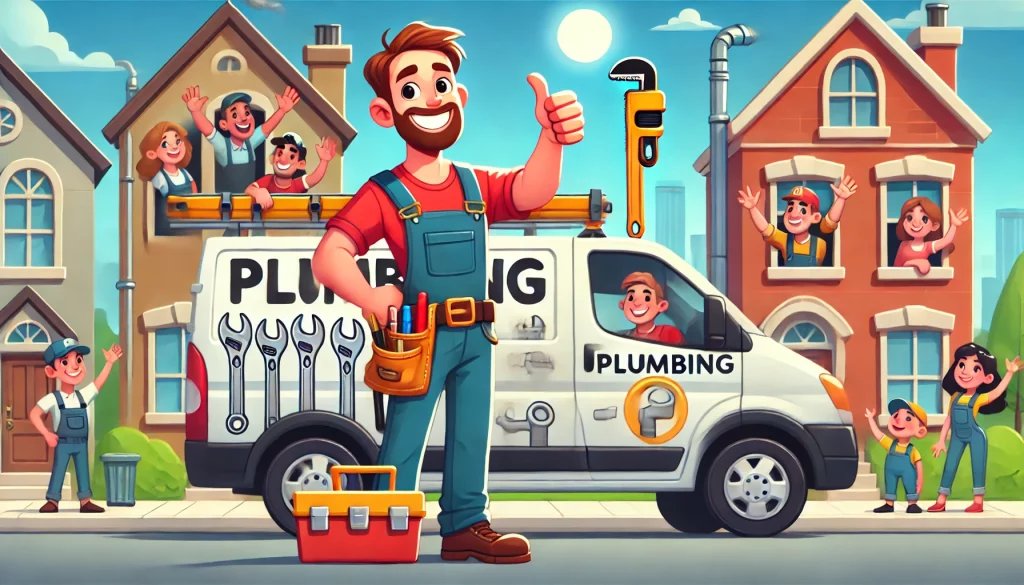
Expert opinions on how to run a successful plumbing business
John Anderson, Plumbing Consultant: “A successful plumbing business hinges on the quality of service you provide. Customers remember punctuality, professionalism, and the ability to solve problems effectively. Investing in ongoing training for your team ensures they stay updated with the latest techniques and regulations, which directly translates to better customer satisfaction.”
Emily Turner, Business Strategist: “Effective marketing is crucial for a plumbing business. Utilize both digital and traditional marketing channels to reach a wider audience. A strong online presence, combined with local SEO strategies, helps potential customers find your services easily. Additionally, leveraging customer testimonials and word-of-mouth referrals can significantly boost your reputation.”
Michael Harris, Financial Advisor: “Proper financial planning is the backbone of any successful business. For a plumbing company, it’s important to manage costs effectively while ensuring a steady cash flow. Regularly reviewing your pricing structure and adjusting for market changes can help maintain profitability. Also, consider offering flexible payment options to attract more clients.”

 8 min
8 min 

